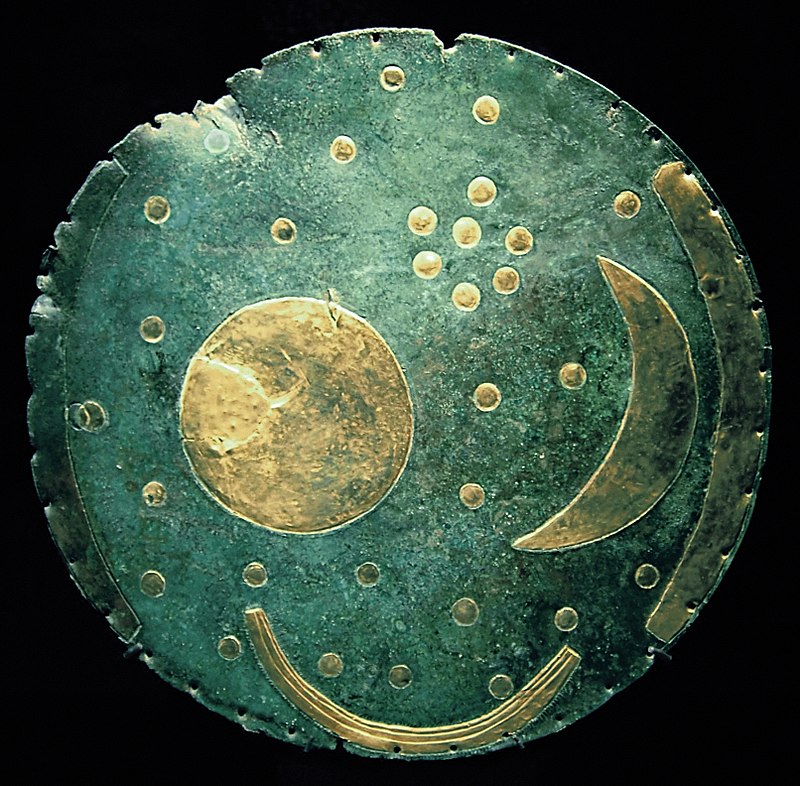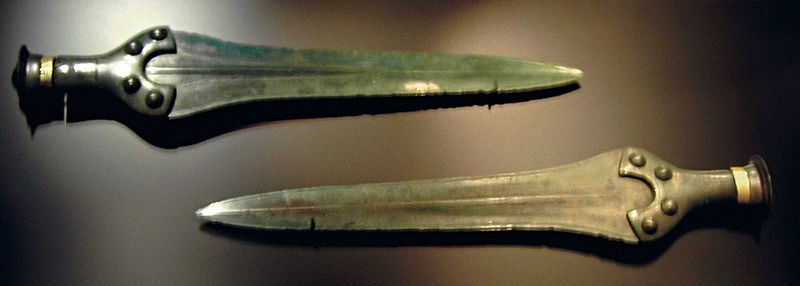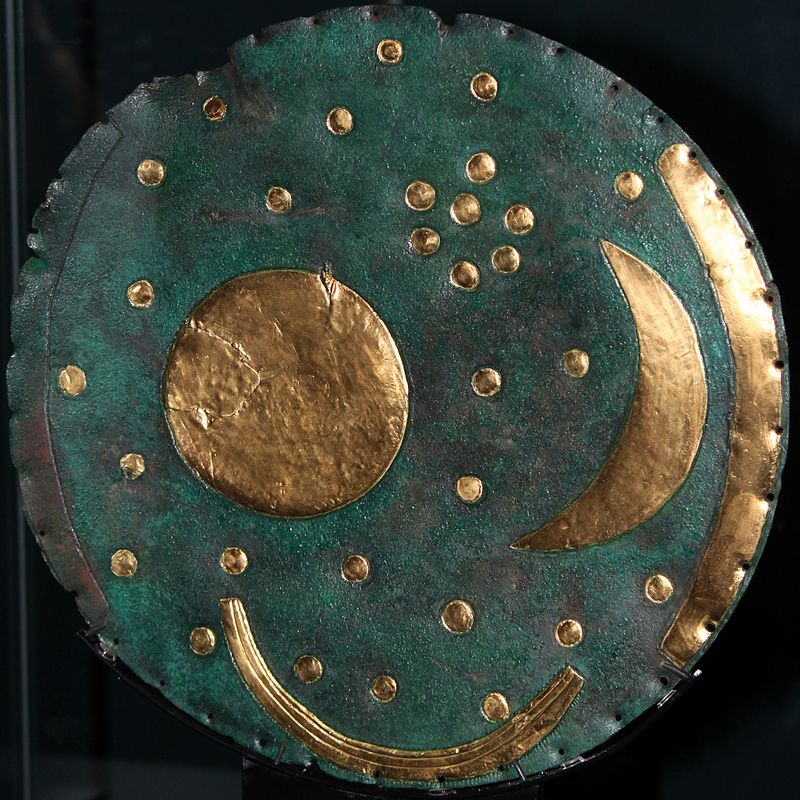Nebra sky disc

Facts and practical information
The Nebra Sky Disc is a remarkable artifact of astronomical significance and a centerpiece of the State Museum of Prehistory in Halle, Germany. Dating back approximately 3,600 years to the Bronze Age, this celestial disc is lauded as one of the oldest known depictions of the cosmos worldwide.
Measuring about 30 centimeters in diameter, the disc is an exquisite blend of artistic craftsmanship and astronomical precision. It is adorned with gold leaf symbols that represent the sun, moon, stars, and possibly even a specific solar eclipse. The disc's purpose, while still debated among scholars, is thought to have been used for astronomical observation or as a ritualistic object.
The discovery of the Nebra Sky Disc near the town of Nebra in 1999 was a watershed moment for archaeoastronomy. It was found alongside other precious objects, suggesting the site's significance in the Bronze Age. Since then, the disc has undergone extensive scientific analysis, revealing insights into the astronomical knowledge and technical abilities of early European civilizations.
Nebra sky disc – popular in the area (distance from the attraction)
Nearby attractions include: Nebra sky disc, Burg Nebra.







